Visit our showroom : 6 Royan Place, Bayswater North, Victoria 3153
Visit our showroom : 6 Royan Place, Bayswater North, Victoria 3153
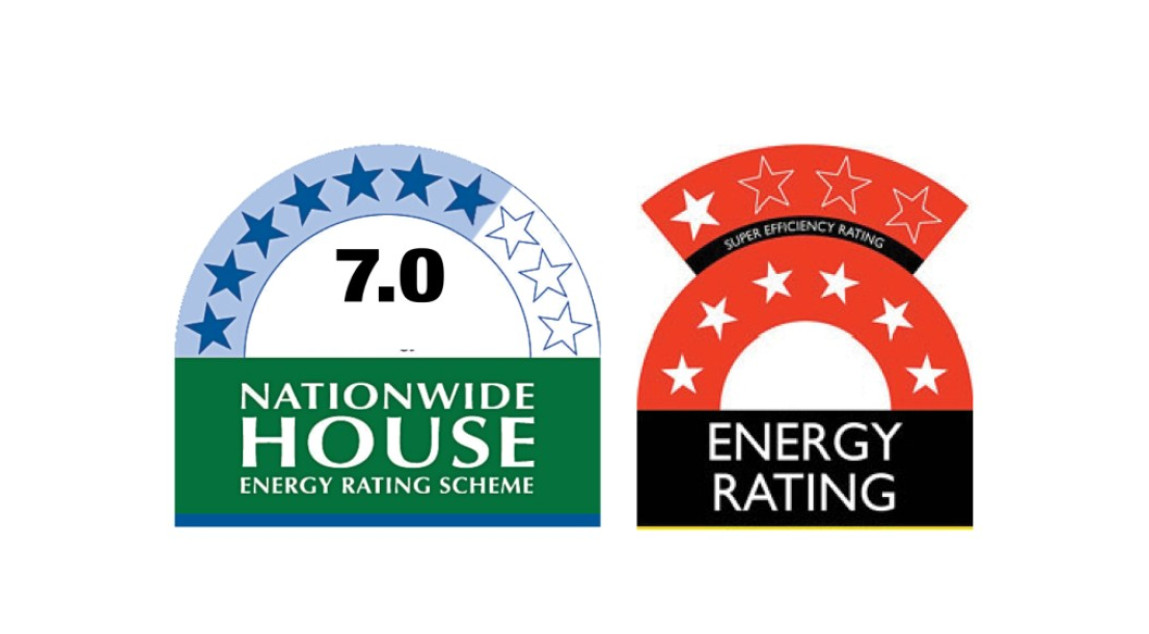
From cost-of-living pressure to global climate concerns, there’s no doubt that energy efficiency is more important than ever. Luckily, heating and cooling companies are creating systems that have taken efficiency to the next level.
So, how exactly can you gauge the energy efficiency of your heating and cooling system? In Australia, the answer is fairly simple. Since being introduced by the federal government over three decades ago, the Energy Rating Label is a framework that outlines the efficiency of each appliance.
Using a star rating system, each system or appliance is assessed against specific criteria and then given a rating to match. The more stars it receives, the more efficient it is. This is the basic premise of the Energy Rating Label metric.
Throughout this piece, we’ll explore what the different star ratings mean, how this metric is measured, and much more.
Investing in an energy efficient system is important for a multitude of reasons. The first is the effect it has on your utility bills. Whether you own a small home or operate a large workspace, inefficient heating and cooling units will translate to higher bills, and place a serious strain on your budget. This is because they use more energy to achieve the desired temperature.
While the upfront cost of a unit with a higher rating may be more steep, their efficiency more than makes up for it in the long term. Of course, in this case, we are referring to systems that will get a lot of use.
Another advantage of more efficient systems is that they consume less energy, which also translates to fewer greenhouse emissions.
The star rating, a crucial component of the Energy Rating Label, revolves around energy efficiency. It indicates how much energy a product uses compared to similar models. Ratings typically range from 1 to 6 stars, but advancements in technology have introduced super-efficient models with ratings extending up to 10 stars.
For appliances that offer both heating and cooling, there will generally be two separate ratings for each.

Energy consumption, measured in kilowatt hours (kWh), signifies how much electricity a model uses annually. Standardised testing, in line with official Australian and New Zealand Standards, forms the basis for these figures. Keep in mind that the assumed usage frequency on the label might differ from your actual usage and impact the actual energy consumption.
With the energy consumption number in hand, you can estimate the annual running cost of an appliance using a simple formula:
Annual Running Cost=Total Energy Consumption (kWh)×Electricity Tariff (dollars per kWh)
Annual Running Cost=Total Energy Consumption (kWh)×Electricity Tariff (dollars per kWh)
For instance, if a fridge consumes 458 kWh annually, and your electricity tariff is $0.307 per kWh, the estimated annual running cost would be $140.61 (458 kWh × $0.307).
Whether you’re after efficient split systems in Melbourne or brand-new ducted heating, Maroondah Air is the name to trust. We’ve got over two decades of experience and supply a great range of energy efficient solutions.
Let’s say you’re in the market for a new fridge. Here are the energy ratings of two contenders:
Your electricity tariff is $0.307 per kWh.
By choosing Fridge B, you could save $68.76 per year, amounting to an estimated overall saving of $687.60 over ten years!
If you’re about to buy a new split system, ducted unit, or an evaporative cooler, it’s important to know how and where to locate its energy rating. Let’s quickly go over this now.
Displayed on the label’s top section are the rated cooling and heating outputs of the air conditioner in kilowatts (kW). The right-hand side of the label showcases the estimated annual electricity consumption for cooling and heating in each climate zone. Notably, this new label replaces the old Energy Rating Label (L), and it comes in the form of the Zoned Energy Rating Label (R).
Despite the new label’s adoption, some stores may still carry air conditioners featuring the old Energy Rating Label. However, as newer models flood the market, the prevalence of the outdated label is expected to reduce. It’s also crucial to note that while both labels use star ratings to indicate efficiency, comparisons between the two are invalid. Generally, models with the new label outperform their old-label counterparts with the same star rating.

While gas is gradually on the way out on both a state and national level, it is still one of the most commonly used sources of energy. The heating and cooling industry is no exception. As stated by Sustainability Victoria, “The Gas Energy Rating Label is required for gas heaters and gas water heaters as part of the gas product certification of Australia. It’s based on an Australian standard test and can be trusted.” Source: Sustainability Victoria Website.
For gas based appliances, the label uses a 6-star rating to demonstrate how efficient each product is. As we noted earlier, it’s quite straightforward. The more stars on the label, the more efficient it will be.
Water based appliances, units, and systems are also measured against a 6 star rating criteria. This can include everything from dishwashers to washing machines, shower heads, toilets, taps, and more.
As with any energy rating, the rule here is exactly the same. More stars=more energy efficient.
In physical stores, displaying the Energy Rating Label is mandatory for certain appliances like split systems, clothes dryers, washers, computer monitors, dishwashers, refrigerators, freezers, and televisions. If you’re shopping online, it’s not mandatory, but many retailers will provide this information.
If the rating isn’t clearly visible or made readily available to you, reach out to the retailer directly or for heating and cooling, your local air conditioning company.
Energy efficiency is currently a major priority for the State Government of Victoria. For example, as recently as late 2023, the government legislated that all new builds costing over $50,000 must meet a minimum 7 star rating, as set out by the Building Sustainability Index (BASIX) guidelines. This represents a significant jump from the previous star rating of 5.5.
In terms of heating and cooling, there are many initiatives (both state and federal) that are either encouraging or mandating the use of more efficient systems. This is why there has never been a better time to upgrade and move on from any outdated heating and cooling units that you own.
From solar hot water to cutting edge split systems and gas-free reverse cycle heating, our team is here to help you find a suitable unit, and handle the installation process for an affordable fee.
Whether you need help with heating and cooling installation, or simply need expert guidance, Maroondah Air is your all-in-one source for heating and cooling in Melbourne. We’ve worked in the industry for decades and stay up-to-date with the most innovative and sustainable products on the market today.
Maroondah Air is a family company formed over twenty years ago as a direct response to a niche spot in the market. We saw an opportunity for a company with a quality plumbing background to offer an exceptional installation experience. But what really makes us different and successful is our approach to customer service.
Reach out to us now!
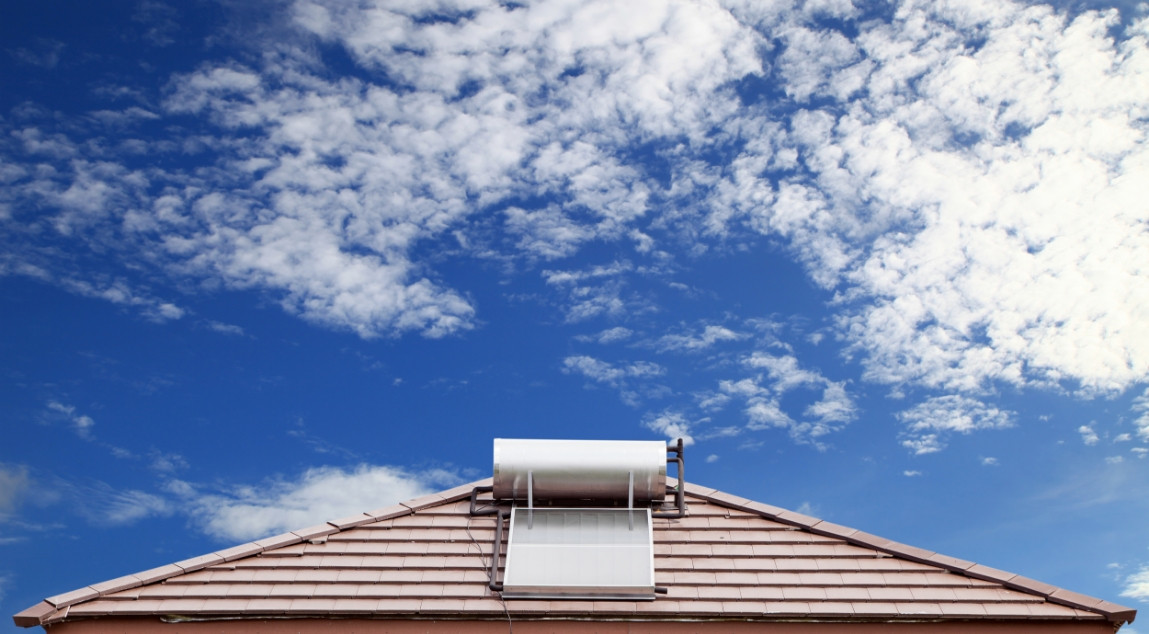
Looking to go gas free in Victoria? You’re not alone. Both on a local and national level, a major push is being made to help property owners transition away from gas based appliances and embrace more efficient carbon-friendly options. Effective Jan 1, 2024, Victoria’s Gas Substitution Roadmap will officially begin. This initiative not only aims […]
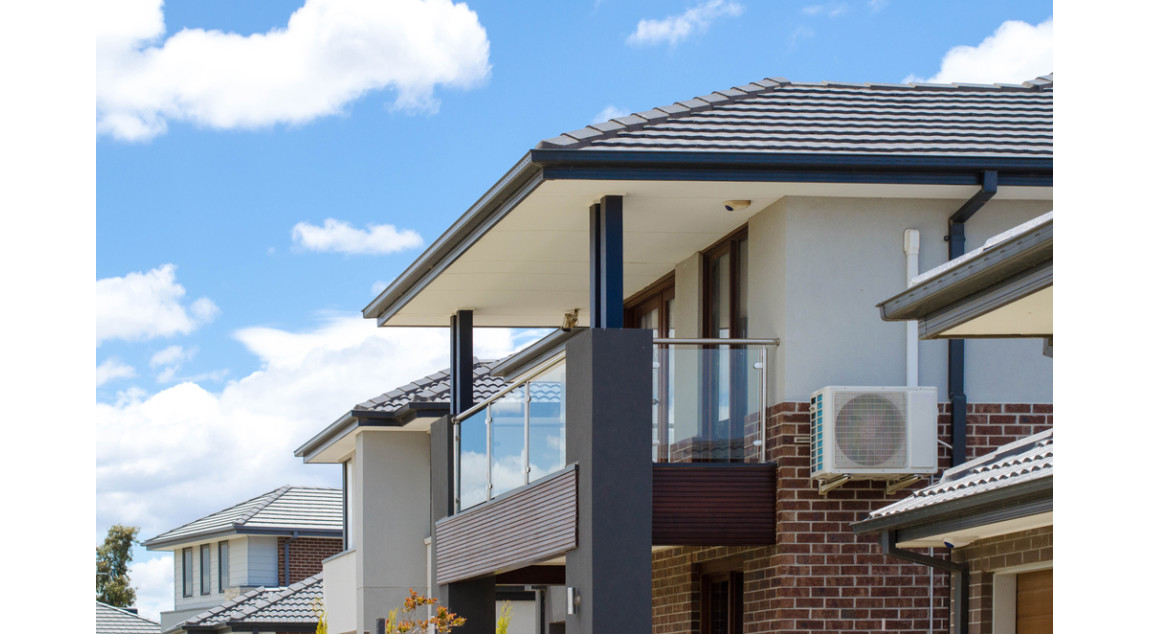
As one of Melbourne’s leading heating and cooling companies, we have some expert tips and advice to keep you comfortable and cool. From rebates to cutting edge air conditioning systems, there are various steps you can take.
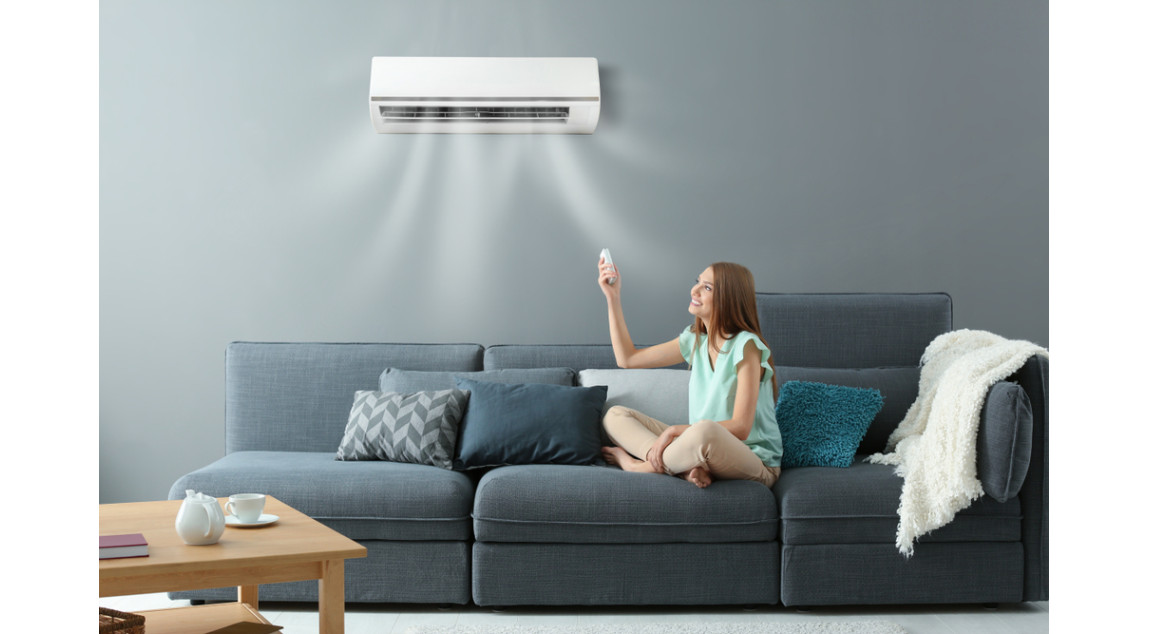
Whether you’re upgrading, fitting out a new property, or simply want to stay ready for the warm weather, we’re here to break down the best and brightest split systems available this summer.

A new air conditioning system is a big investment for any home and business. While the unit and brand is an important consideration, so is the company you choose. From the initial installation to ongoing servicing and repairs, you need someone that you can trust, respect, and depend on in a crunch. These days, heating […]
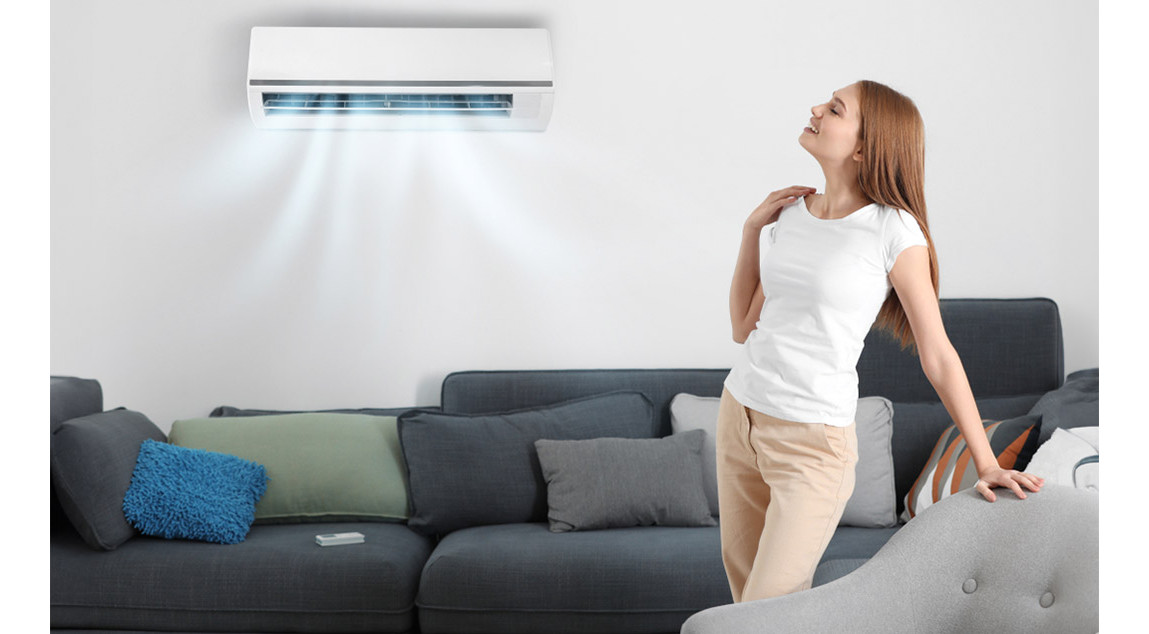
On a global level, our weather is becoming more unpredictable and extreme than ever. Australia is certainly no exception to the rule. In response, we’re all searching for ways to cope and be as comfortable as possible. Luckily, this is where split systems really fit the bill. Unless you’ve recently undertaken a renovation or bought […]
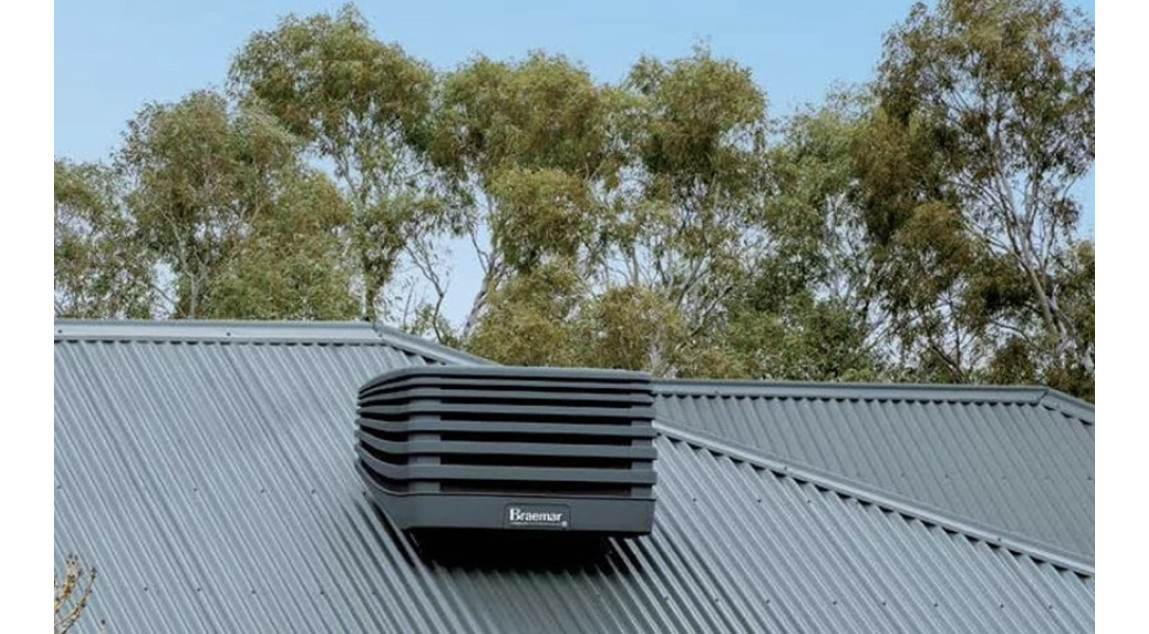
While split systems tend to get a lot of attention, there are many other great forms of air conditioning available. Today, we are going to shine a light on a highly regarded alternative–evaporative cooling systems. Often dubbed the most natural and eco-friendly form of air conditioning, evaporation coolers are available as both stand alone units […]
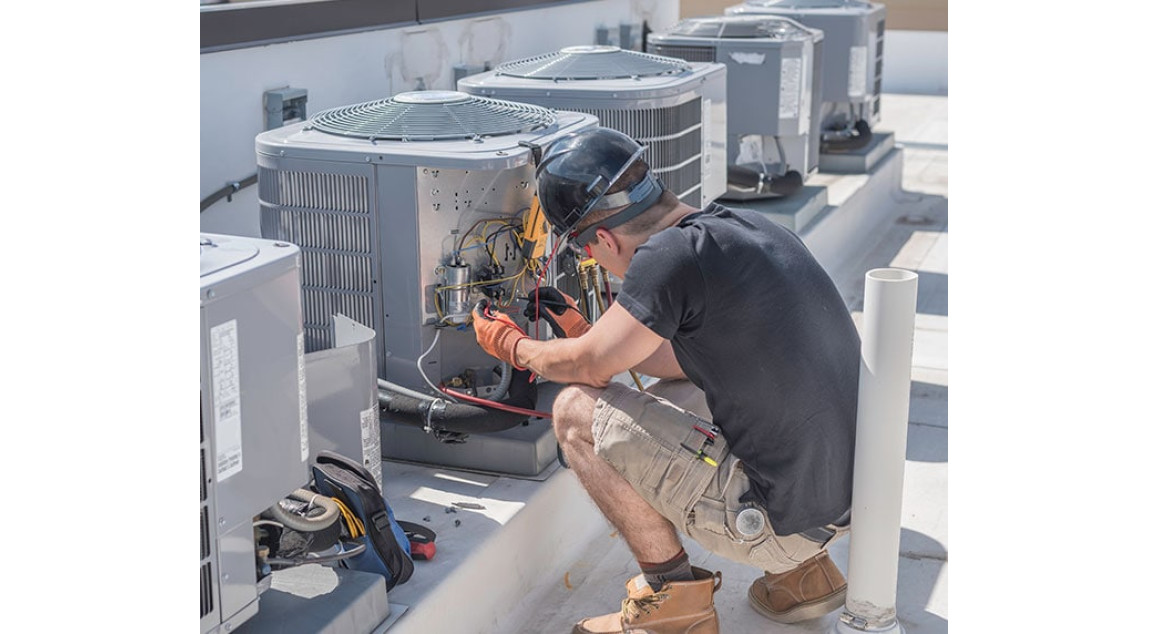
Your air conditioner won’t always last forever, but regular servicing sure helps to extend its lifespan. If you’re using the unit on a regular basis, this places a strain on all of its components, which can quickly lead to costly repairs.
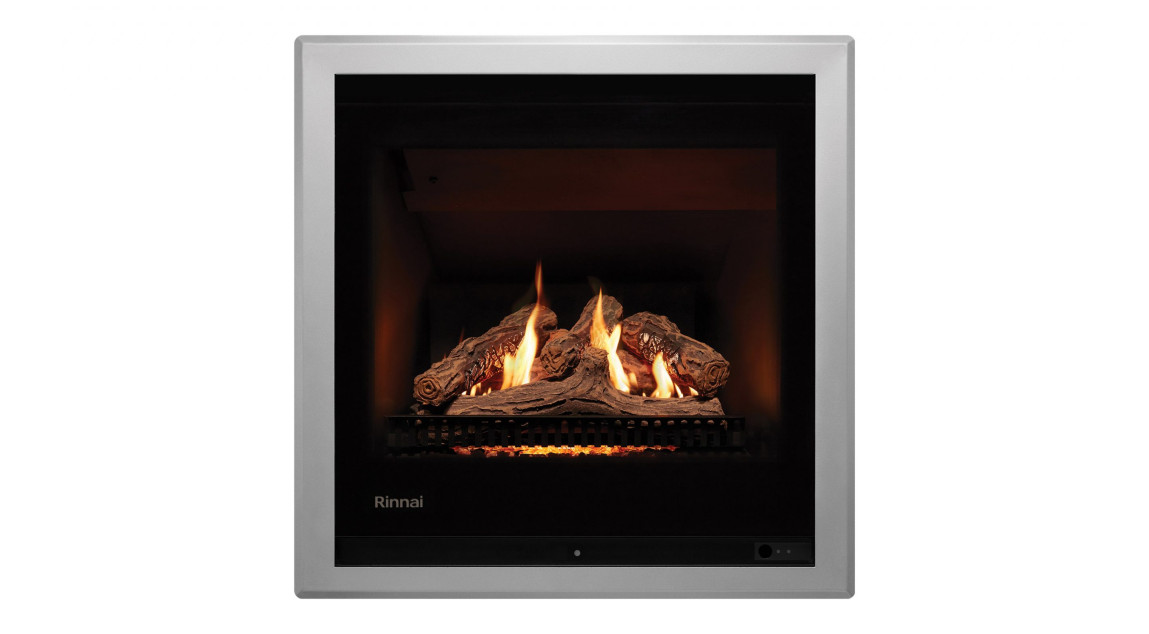
Whether you want to retrofit a gas log fire into your existing fireplace or fit one into a newly built home, there’s never been a better time to invest in a brand new Rinnai log fire. Let’s explore why right now.
Types of Rinnai Gas Log Fires

Inflation and cost-of-living pressures are undoubtedly two of the biggest challenges that Melbournians currently face. While we are unable to control the cost of petrol and supermarket items, there are some ways to cut down and save money. Today, we’re going to focus on heating and cooling and highlight some ways that you can save […]
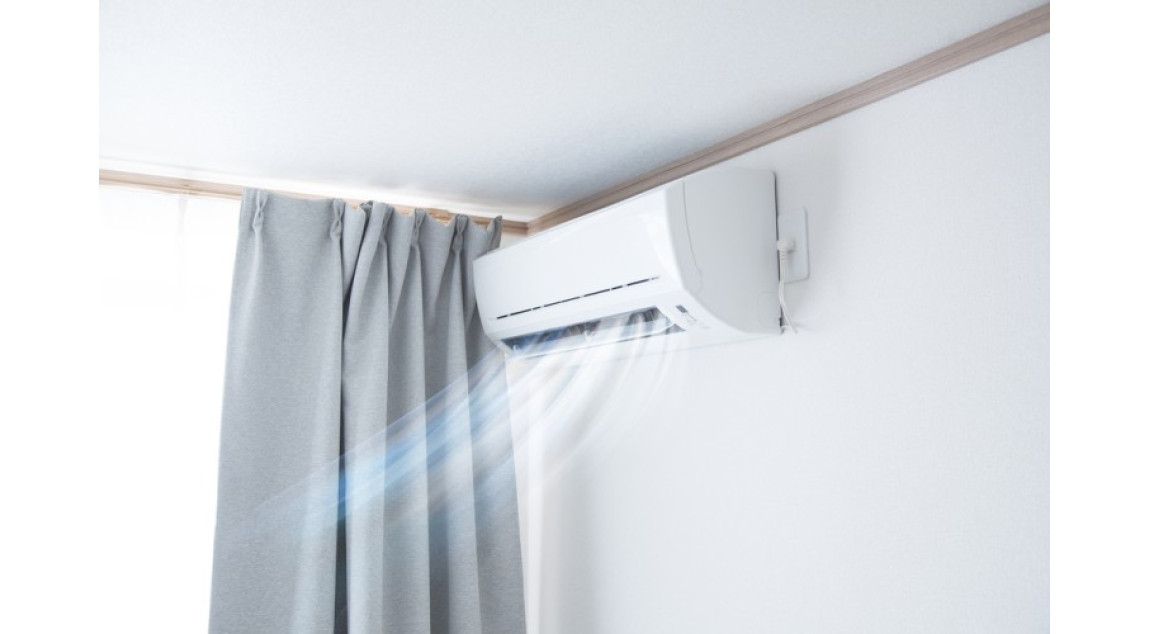
Air conditioning plays an incredibly important role in all of our lives. From home to work, shopping centres and public transport, we rely on these systems almost every day. As our need for reliable AC continues to grow, so does the capacity and functionality of modern air conditioning units. Without a doubt, split systems are […]